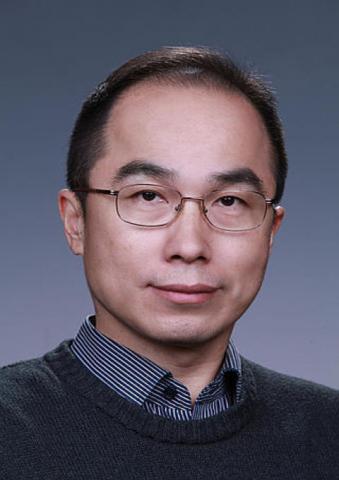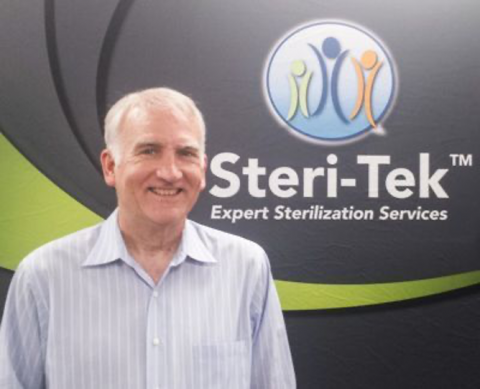Filter results
Category
- Scientific Discovery (82)
- Biology (57)
- Earth System Science (25)
- Microbiome Science (18)
- Human Health (13)
- Chemistry (7)
- Computational Research (7)
- Integrative Omics (5)
- Materials Science (5)
- Chemical & Biological Signatures Science (2)
- National Security (2)
- Plant Science (2)
- Weapons of Mass Effect (2)
- Atmospheric Science (1)
- Computational Mathematics & Statistics (1)
- Data Analytics & Machine Learning (1)
- Ecosystem Science (1)
Tags
- Viruses (13)
- Soil Microbiology (10)
- Health (9)
- Virology (9)
- Virus (9)
- Mass Spectrometry (7)
- PerCon SFA (7)
- Omics (5)
- Synthetic Biology (5)
- Ions (4)
- Microbiome (4)
- Nanoparticles (4)
- sequencing (4)
- Electrical energy (3)
- Energy (3)
- Fungi (3)
- Genomics (3)
- Metagenomics (3)
- Proteomics (3)
- RNA Sequence Analysis (3)
- Sodium (3)
- Aggregation (2)
- Anions (2)
- Cations (2)
- metabolomics (2)
- microbiome stability (2)
- Polymer Materials (2)
- Scattering (2)
- Spectroscopy (2)
- Transcriptomics (2)
Category
The literature on the effects of radiation on the properties of various polymers and composites has been briefly reviewed for the purpose of identifying polymeric materials that could be irradiated to improve their performance. Radiation treatment of polymers may lead to cross-linking or chain...
Category
Scientific advancements in healthcare driven both by technological breakthroughs and an aging and increasingly obese population have lead to a changing medical device market. Complex products and devices are being developed to meet the demands of leading edge medical procedures.Specialized materials...
Category
An alternative method is presented for determining the maximum acceptable dose in products irradiated in electron beam processes. When the presentation of an individual product to the radiation field results in a high dose uniformity ratio, this can present a challenge for accurate testing of a...
Category
Ionizing radiation has been found to be widely applicable in modifying the structure and properties of polymers, and can be used to tailor the performance of either bulk materials or surfaces. Fifty years of research in polymer radiation chemistry has led to numerous applications of commercial and...
Category
Today, the most common methods used for medical device sterilisation are by gaseous ethylene oxide and by electron beam or gamma irradiation. With X-ray sterilisation about to enter the market, its material compatibility needs to be assessed at doses typically encountered during a sterilisation...








